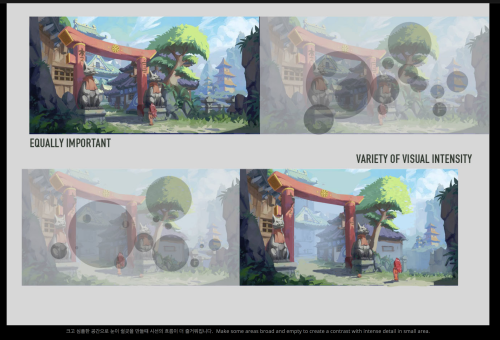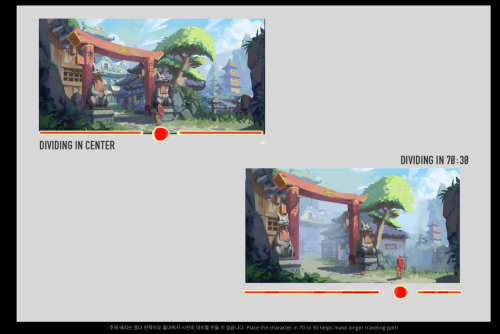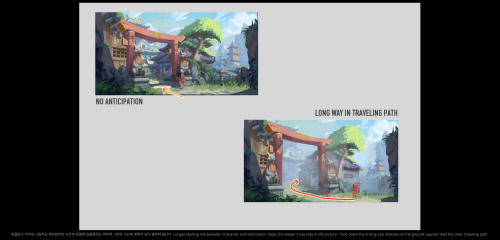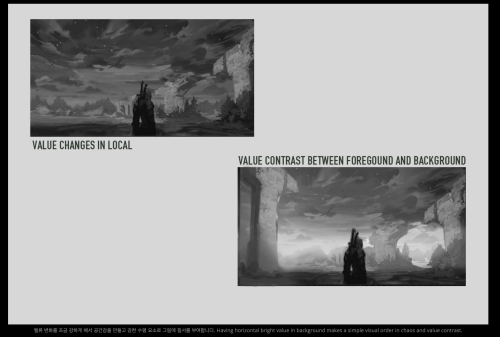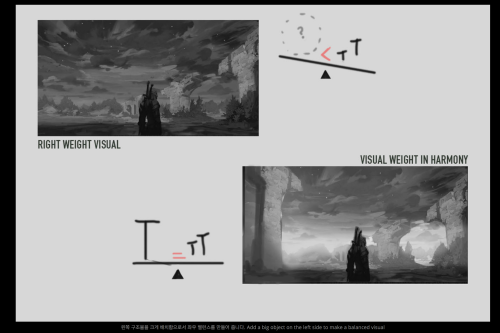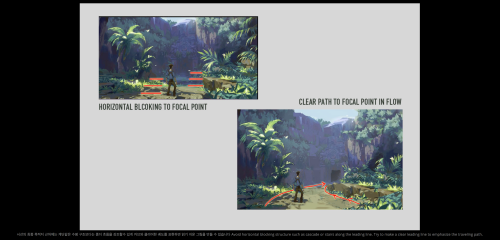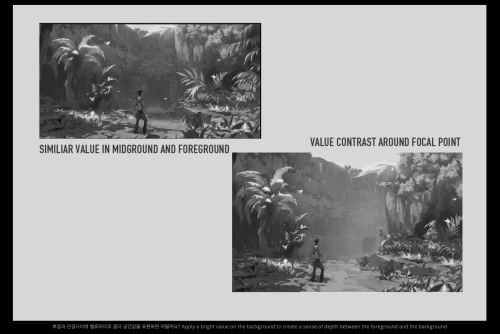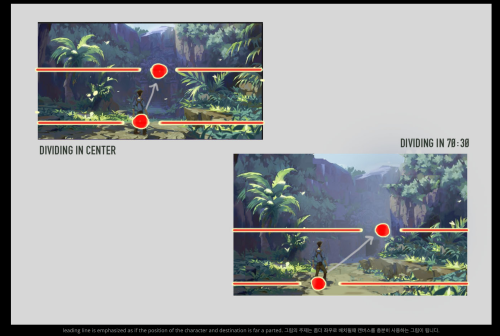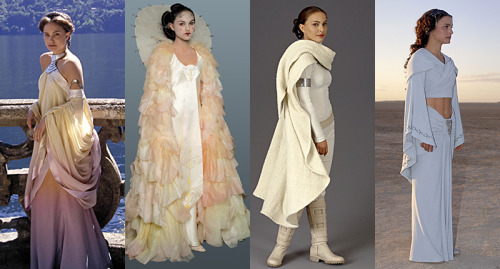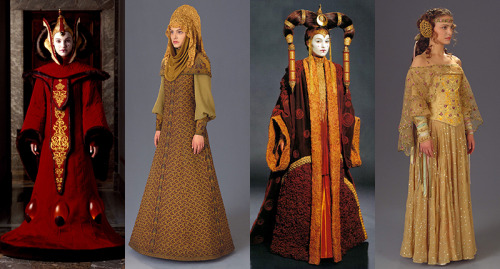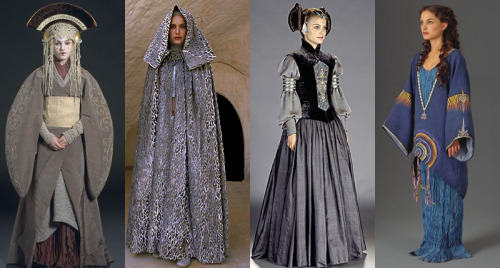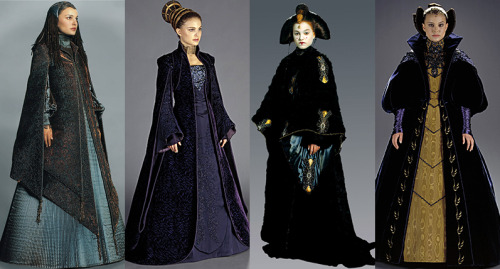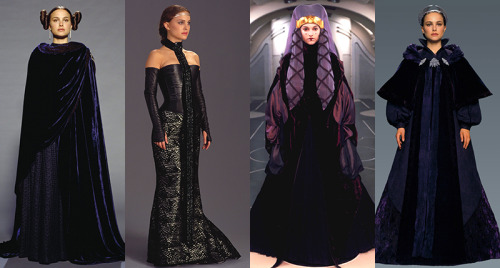Handmade Swords - Earil





Handmade Swords - Earil
By Peter Lyon of Weta Workshop
Edition Size: 1
Measurements: blade length 915mm (36"); overall length 1217mm (48"); weight 1.94Kg (4 pounds 4 ounces); balance point 71mm (2.8") along the blade, measured from the shoulder of the blade
The sword has been made especially for the Weta Cave and Weta’s Online Shop to sell to the public. It is similar to late medieval European longswords, but with design flourishes transform it into a piece of art as well. A longsword is light enough and balanced to be used with one hand, but it can also be used two handed for powerful cutting blows. The blade is broad for much of its length, making for strong cuts, but comes to an acute point for effective thrusts, making this a true cut-and-thrust sword.
The individual parts have shapes and detail lines that blend into each other and continue into the next component, so that shapes continue even as the materials change, and the shapes of all the hilt parts draw the eye towards the diamond shaped bosses in the centre of the grip, filled with polished Paua (New Zealand abalone) shell each side. At the same time there is a strong central line through the hilt and along the blade, emphasising the straight and symmetrical shapes of the sword.
This sword has many nautical features which led me to the name, “Aearil”, which in Elvish means “Gleaming Ocean”.
The straight blade is ground from spring steel bar, and has been heat treated to give the best possible combination of toughness and edge hardness. Historically blades were forged into shape and to remove flaws in the steel, but the consistency and high specifications of modern steels mean this is no longer necessary.
The bevelled edge is blunted for safety and display, but could just as easily be sharpened for cutting tests. The tang of the blade is strong and wide, and passes through the cross guard, grip and pommel, and is peened over the end of the pommel for maximum strength.
The cross guard is cut from a block of mild steel. From the centre block it projects along the blade and towards the ends, which are split into a fork. This is an unusual feature which I don’t recall being used on a sword before. The cross is set onto the shoulders of the blade for extra strength and stability, as was done on medieval European swords to prevent the cross becoming loose and rattling through use.
The grip is made of beech wood, covered with leather. Thin cords under the leather create the designs, and the leather has been carefully tooled to fit into all the shapes created by the cords. The grip was mostly drilled out then fitted by heating the tang and burning out the remaining wood for a tight fit, and finally glued in place. It is a two handed grip; the foregrip is straight to give a strong gripping surface, while the waisted shape of the upper grip encourages the second hand to nestle into the inside curves of the pommel.
The mild steel pommel is also a counterweight for the blade. It is shaped somewhat like a fish tail, with curved and recessed faces to add interesting shapes, and also to remove weight and get the best possible balance for the sword overall. The pommel was set tight onto the tapering tang before the end was peened over.
Source: Copyright © 2016 Weta Ltd.
More Posts from Zelo-ref and Others

DIY Outlander Inspired Cosplay Pattern Series by American Duchess for Simplicity
If you’ve been looking for affordable sewing patterns for 18th century Cosplay dresses or a pattern for a corset, this is the post for you. These are patterns for beginners, and all notions needed for these garments can be found at fabric stores.
The pattern sizes range from Size 6 to Size 22.
What’s included in the 2 patterns?
With the restrictions on the patterns - things like tissue size and complexity/length of instructions - we came up with two pattern packets that work together: the underpinnings packet with a chemise, bum pad, and stays; and the ensemble packet with a gown, petticoat, bodice, and stomacher.
You can find the American Duchess’ post on her Outlander Inspired Cosplay Patterns here.
Also, the Amercian Duchess’ now has a series of Outlander Pattern Hacks posted here. The pattern hack series already has several posts (including one on corset stays), and will eventually include:
Hand-stitched eyelets instead of metal grommets
Creating robings and closing the bodice with pins
Interior lacing, buttons, and other bodice closures
Drafting and applying a 1740s winged cuff
Redrawing bodice seams and stays boning patterns
Drafting skirting for the bodice, to create a jacket
Extending the front edges for a center front closure
Setting sleeves with the 18th century method
18th c. hand stitching techniques for finishing edges and sewing seams
Fitting through the side back seams the mantua maker’s way
Proper silhouette through bum pads, petticoats, and more petticoats
Binding and facing the stays with chamois leather
Proper materials - wool, linen, cotton, silk
How the heck to get dressed
What’s Included in the Outlander Simplicity Patterns?
Simplicity Pattern 8161 can be found here. The pattern costs $12.57 and consists of:
Misses’ 18th century highland costumes includes outfits in two styles: the first is a gown with stomacher and petticoat, and the second is a bodice with petticoat and stomacher.
You can find the FREE CROCHET Pattern for the Highlander Crochet Cowl here.






Simplicity Pattern 8162 can be found here. This pattern also costs $12.57 and consists of:
chemise, bum pad, and lined corset.













The World’s Most Beautiful Library Is In Prague, Czech Republic

Evening dress, 1907-08
From the Muzej za umjetnost i obrt, Zagreb
-
 madtowndavidson liked this · 1 year ago
madtowndavidson liked this · 1 year ago -
 helpsuzi3d liked this · 1 year ago
helpsuzi3d liked this · 1 year ago -
 persartes liked this · 2 years ago
persartes liked this · 2 years ago -
 kalingeula liked this · 2 years ago
kalingeula liked this · 2 years ago -
 7weeksand3days liked this · 3 years ago
7weeksand3days liked this · 3 years ago -
 derppvader reblogged this · 3 years ago
derppvader reblogged this · 3 years ago -
 derppvader liked this · 3 years ago
derppvader liked this · 3 years ago -
 roslynvictoria liked this · 4 years ago
roslynvictoria liked this · 4 years ago -
 idkthisisme liked this · 4 years ago
idkthisisme liked this · 4 years ago -
 iblackraspberryvanilla liked this · 4 years ago
iblackraspberryvanilla liked this · 4 years ago -
 bramblemantle liked this · 4 years ago
bramblemantle liked this · 4 years ago -
 samsaeki liked this · 5 years ago
samsaeki liked this · 5 years ago -
 somethinginspiringhere reblogged this · 5 years ago
somethinginspiringhere reblogged this · 5 years ago -
 sujusfs14499 liked this · 5 years ago
sujusfs14499 liked this · 5 years ago -
 foolmortal liked this · 5 years ago
foolmortal liked this · 5 years ago -
 shykogasoline reblogged this · 5 years ago
shykogasoline reblogged this · 5 years ago -
 shykogasoline liked this · 5 years ago
shykogasoline liked this · 5 years ago -
 eaudefinn reblogged this · 5 years ago
eaudefinn reblogged this · 5 years ago -
 endoyamato reblogged this · 5 years ago
endoyamato reblogged this · 5 years ago -
 merinne-lightsworn reblogged this · 6 years ago
merinne-lightsworn reblogged this · 6 years ago -
 penguin-grl liked this · 6 years ago
penguin-grl liked this · 6 years ago -
 okynstudios liked this · 6 years ago
okynstudios liked this · 6 years ago -
 geoking66062 liked this · 6 years ago
geoking66062 liked this · 6 years ago -
 sapphire-burns reblogged this · 6 years ago
sapphire-burns reblogged this · 6 years ago -
 pumpkinflee liked this · 6 years ago
pumpkinflee liked this · 6 years ago -
 purplecritter liked this · 6 years ago
purplecritter liked this · 6 years ago -
 kenkii liked this · 6 years ago
kenkii liked this · 6 years ago -
 freakthemer liked this · 6 years ago
freakthemer liked this · 6 years ago -
 ladylucie liked this · 6 years ago
ladylucie liked this · 6 years ago -
 szablo liked this · 6 years ago
szablo liked this · 6 years ago -
 em946 reblogged this · 6 years ago
em946 reblogged this · 6 years ago -
 messier-child reblogged this · 6 years ago
messier-child reblogged this · 6 years ago -
 themanwiththesuitcaseofflies liked this · 6 years ago
themanwiththesuitcaseofflies liked this · 6 years ago -
 the-banana-cat liked this · 6 years ago
the-banana-cat liked this · 6 years ago -
 eleos-alias liked this · 6 years ago
eleos-alias liked this · 6 years ago -
 jaceriven reblogged this · 6 years ago
jaceriven reblogged this · 6 years ago -
 jaceriven liked this · 6 years ago
jaceriven liked this · 6 years ago -
 moisthorsedildo liked this · 6 years ago
moisthorsedildo liked this · 6 years ago -
 a-universe-of-almosts liked this · 6 years ago
a-universe-of-almosts liked this · 6 years ago -
 twentycatsinacape reblogged this · 6 years ago
twentycatsinacape reblogged this · 6 years ago
